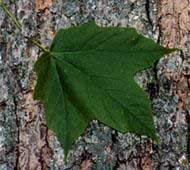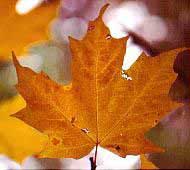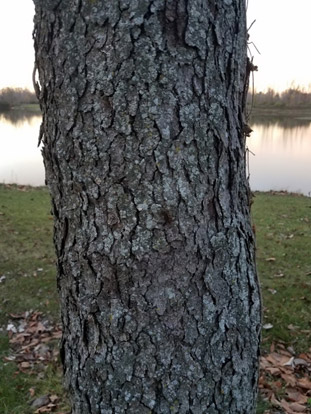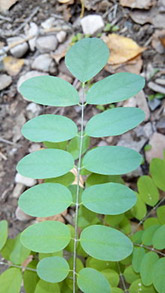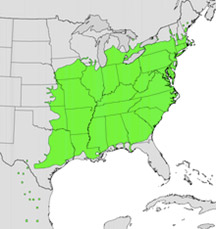Black Maple (Acer nigrum)
- Details
- Written by Emily Smith
Family: Sapindales
Most of the maples in The Woods are sugar maples, but if you look closely, there are also a few black maples. Black maples are found throughout northeastern North America. Black maples are found throughout Ohio and tend to grow in moist soils by streams. The species is occasionally planted as an ornamental tree. Mature trees range from 70 to 110 feet in height and two to three feet in diameter.

Figure 1. On the left, a Black Maple leaf and on the right, a Sugar Maple leaf. Pictures retrieved from http://www.oplin.org.tree/index.html
